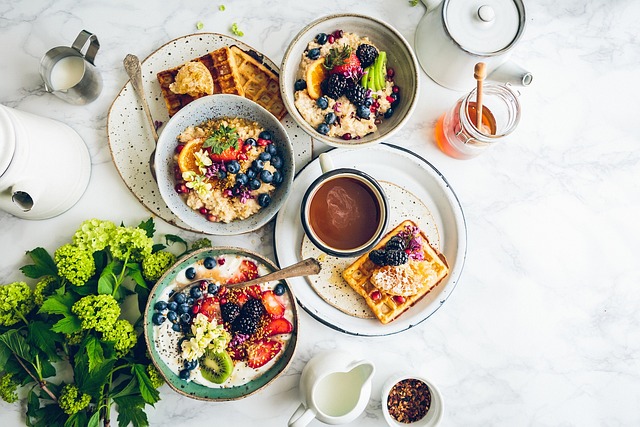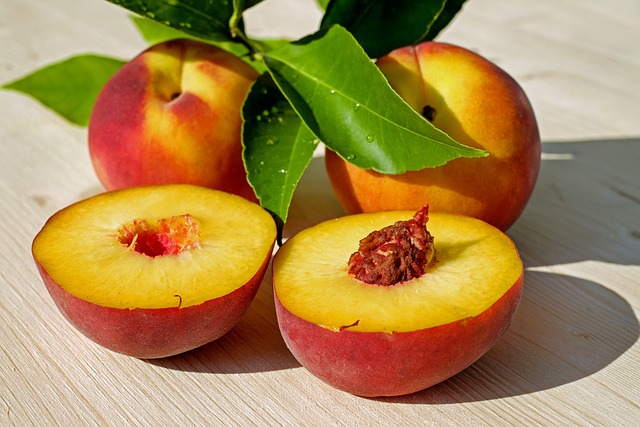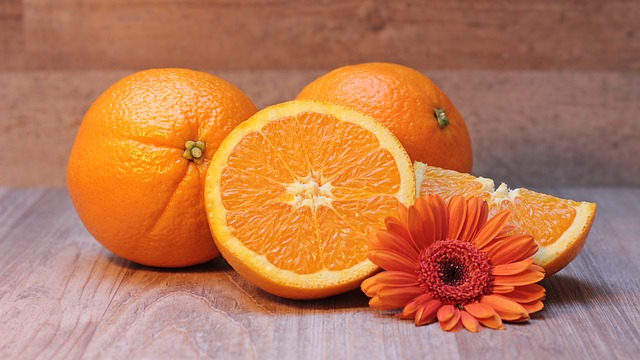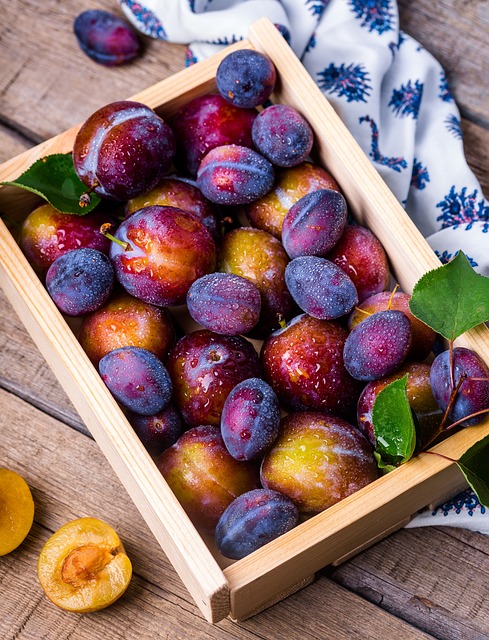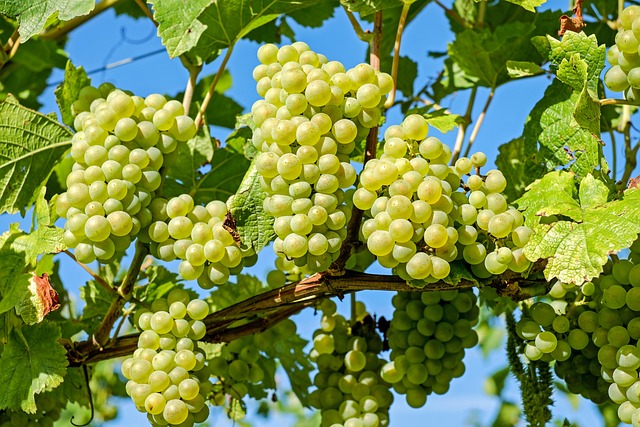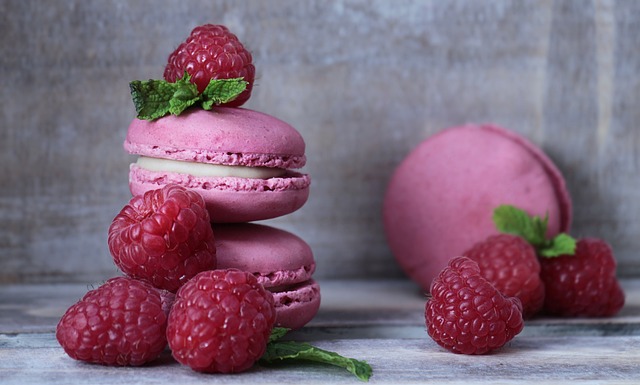The Dynamic Duo: Combining Prebiotics and Probiotics for Maximum Benefits
When it comes to maintaining a healthy gut, prebiotics and probiotics are often tagged as the “dynamic duo.” While they have distinct roles, when combined, they can work together to provide maximum benefits for our digestive system and overall well-being.
Understanding Prebiotics
Prebiotics are a type of non-digestible fiber that acts as food for the beneficial bacteria in our gut. They pass through the upper part of the gastrointestinal tract undigested and reach the colon where they are fermented by the gut bacteria. This fermentation process stimulates the growth and activity of these bacteria, promoting a healthy gut environment.
Common sources of prebiotics include:
- Chicory root
- Jerusalem artichoke
- Dandelion greens
- Garlic
- Onions
- Asparagus
- Bananas
- Whole grains
Incorporating prebiotic-rich foods into your diet can help nourish the beneficial bacteria in your gut and support their growth.
The Role of Probiotics
Probiotics, on the other hand, are live bacteria and yeasts that are beneficial to our health, especially our digestive system. They are commonly known as “good bacteria” as they help restore and maintain a healthy balance of bacteria in our gut.
Probiotics can be found naturally in fermented foods such as yogurt, kefir, sauerkraut, and kimchi. They can also be taken as supplements. These good bacteria work by colonizing the gut and preventing harmful bacteria from thriving. They also produce substances that inhibit the growth of harmful bacteria and promote overall gut health.
The Power of Combining Prebiotics and Probiotics
While prebiotics and probiotics have their individual benefits, their true power lies in their combination. Consuming prebiotics alongside probiotics can enhance the overall effectiveness of probiotics by providing them with the necessary nourishment and support needed to thrive in our gut.
When we take probiotics without prebiotics, the number of live bacteria that can survive the harsh conditions in our gastrointestinal tract may be limited. However, when we consume prebiotics, they act as a source of fuel for the probiotic bacteria, helping them survive and thrive in our gut.
Research has shown that the combination of prebiotics and probiotics can have several advantages:
- Improved Digestion: When probiotics flourish in the gut with the support of prebiotics, they aid in breaking down food and absorbing nutrients more efficiently, leading to improved digestion.
- Enhanced Immune Function: The gut is a significant part of our immune system, and a healthy gut equates to a stronger immune system. The combination of prebiotics and probiotics helps fortify the gut’s defense mechanisms, making it more resilient against harmful pathogens.
- Reduced Inflammation: The interaction between prebiotics and probiotics can help reduce inflammation in the gut, alleviating symptoms of conditions like irritable bowel syndrome (IBS) and inflammatory bowel disease (IBD).
- Better Nutrient Absorption: When the gut is in optimal condition, it can absorb nutrients more effectively. The combined action of prebiotics and probiotics supports a healthy gut lining, ensuring efficient nutrient absorption.
- Mood Regulation: Emerging research suggests that gut health has an impact on our mental well-being. A healthy gut, nurtured by the combination of prebiotics and probiotics, may contribute to better mood regulation.
Incorporating Prebiotics and Probiotics into Your Diet
Now that we understand the benefits of combining prebiotics and probiotics, let’s explore how we can incorporate them into our diet.
Consuming a variety of foods rich in prebiotics is essential for providing nourishment to the probiotics in the gut. Incorporate the following prebiotic-rich foods into your daily meals:
- Include onions, garlic, and leeks in your savory dishes.
- Add bananas, apples, and berries to your morning smoothies.
- Snack on asparagus and dandelion greens.
- Opt for whole grain options

